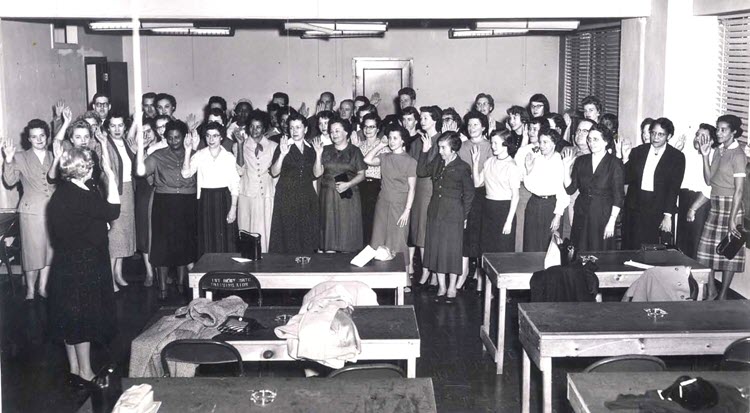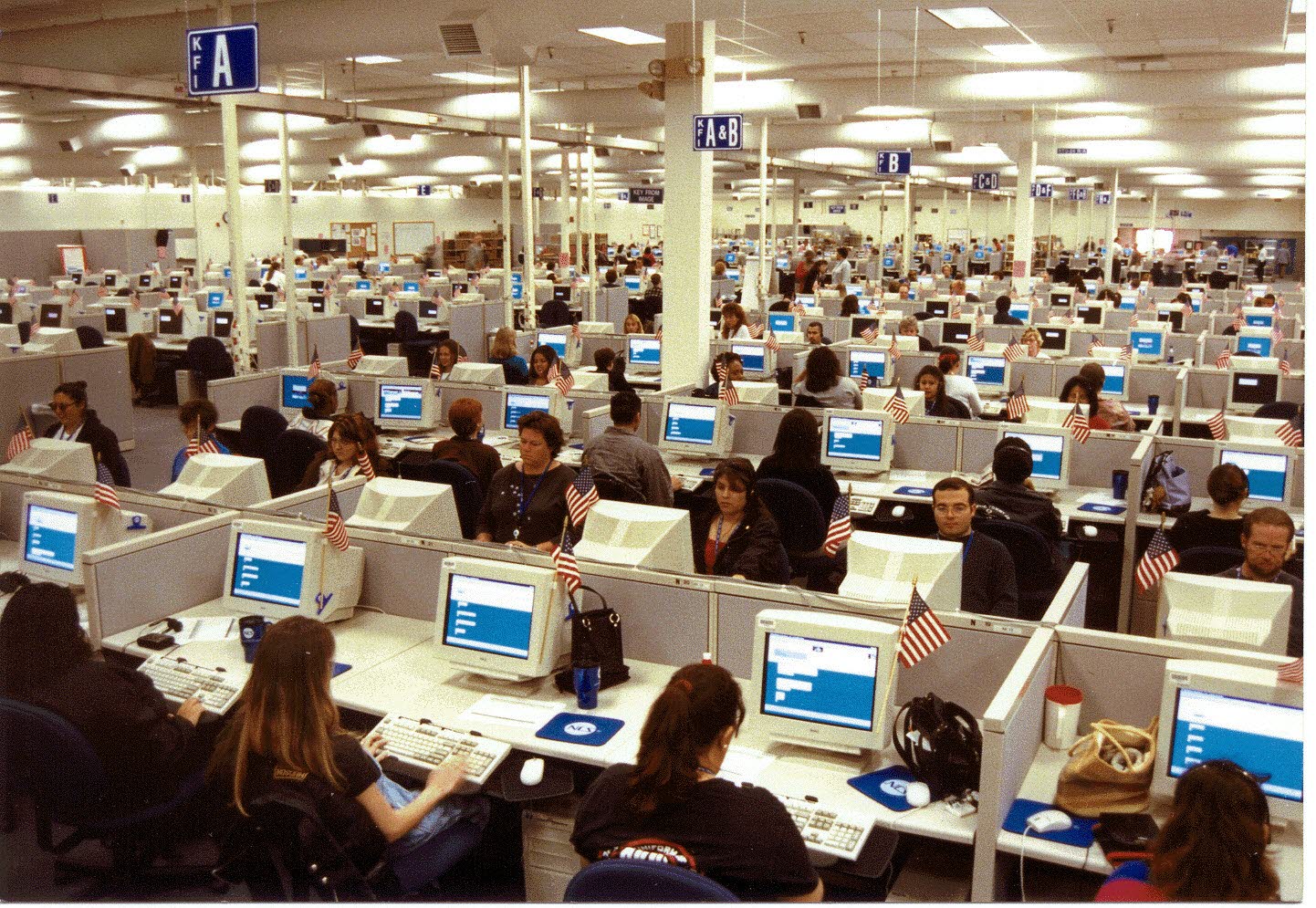First Stop Is the National Processing Center, Celebrating Its 60th Year
What began as a U.S. Army supply depot in the late 1800s now is the main clearinghouse for almost all of the hundreds of surveys the U.S. Census Bureau conducts on the various aspects of the nation’s people and its economy.
For 60 years, the National Processing Center in Jeffersonville, Ind., has been the primary location for Census Bureau mail processing, data capture, imaging, scanning and much more.
But before the center became part of the Census Bureau, the Jeffersonville campus had a long and storied history.
NPC is now one of the largest employers in the Louisville, Ky., area, with more than 1,600 current employees.
An Army Supply Depot
It began in 1874, when the U.S. War Department completed the construction of a 490,000-square-foot supply depot. The depot not only supplied shirts for the entire U.S. Army, but was also involved in the procurement and issue of animal-drawn vehicles, harnesses, field bakeries, hardware, and other stores.
In fact, Jeffersonville was where the Army developed one of the first rolling field kitchens, designed to provide hot food to troops in the field. After the war, Jeffersonville continued operations as the only Army depot in the Ohio Valley.
Clothing the Troops in War Time
During the Spanish-American War in 1898, depot workers produced 100,000 garments a month, and the number of employees soared from 370 to more than 1,300.
The numbers increased dramatically again in 1916 as the United States entered World War I. The need for depot supplies was so great that the War Department added 281 temporary facilities to augment the two permanent buildings.
In addition, the depot employed 8,000 civilians and 100 officers, with another 20,000-plus civilians sewing out of their homes. It became the world’s largest shirt factory, producing more than 8 million shirts annually.
Supporting the Military in Peace Time
After World War I, the shirt factory moved to Philadelphia, but the depot continued to support the military on a smaller scale. The War Department built a new administration building (now known as Building 66) and added many permanent warehouses. In addition to Building 66, Buildings 60, 61, 63, 64 and America Place are all still in use by the Census Bureau.
Demand Rises Again When War Breaks Out
With the start of World War II, the depot expanded once more. Operations ran around the clock, and the depot then occupied 255.6 acres (10 city blocks). Some of the almost 200 buildings constructed at the time are still in use, while others have been converted to civilian homes.
The depot’s contributions were recognized in particular in 1942, 1943 and 1944 with the coveted Army-Navy “E” Award for excellence in production—an honor awarded to only 5 percent of the facilities helping the war effort. In 1943, the depot employees also received the “Minuteman flag” for exceeding their war bond goals.
Similarly, during the Korean War, employment at the depot skyrocketed. More than 5,200 workers provided soldiers with everything from parachutes to refrigerated trailers.
In the late 1950s, military supply operations moved away from the quartermaster depot model. After more than 80 years, the Jeffersonville depot ceased production operations.
From Shirt-Making to Census Data Processing
A new opportunity arose in 1958. With the dawn of the computer age, the Census Bureau needed more and greater processing space.
On July 1, 1958, the Jeffersonville Census Operations Office (JCOO) opened as a temporary office to support the 1959 Censuses of Business, Manufactures and Mineral Industries and the 1960 Census of Housing and Population.

Activities included packaging and shipping equipment and supplies, preparing maps, receiving and preliminary processing of report forms, and distributing printed reports.
In 1968, JCOO became a permanent division. Although employment levels would rise and fall depending on workload, the Jeffersonville facility has been an essential part of Census Bureau operations ever since.
Along the way, Jeffersonville has undergone some name changes. It was called the Data Preparation Division in 1972 but was renamed the National Processing Center (NPC) in 1998. NPC is now one of the largest employers in the Louisville, Ky., metropolitan statistical area, which includes Jeffersonville, across the Ohio River from Louisville in Indiana. The center has more than 1,600 current employees. It also boasts a state-of-the-art secure data processing center with the capacity to plot 30 maps, sort 20,000 envelopes, and package 2,000 letters per hour.
NPC has also taken on additional responsibilities. Because its workforce can expand rapidly to meet the current needs of the Census Bureau, NPC is now the central hub for forms, surveys, data capture and map production — all critical to the success of our ongoing surveys and the upcoming 2020 Census.
Sharon Tosi Lacey is the Census Bureau’s Chief Historian.






